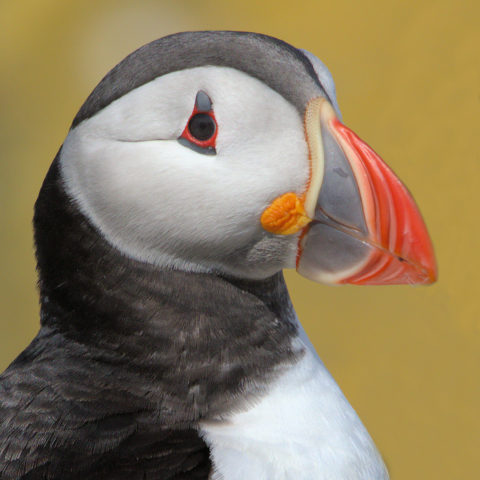

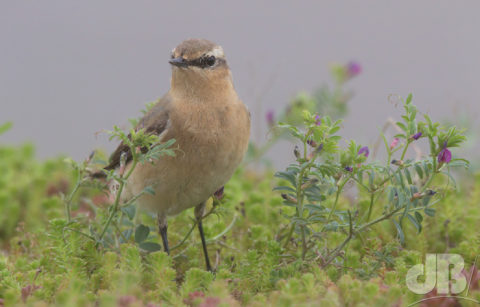
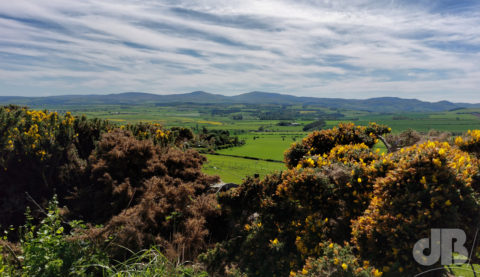
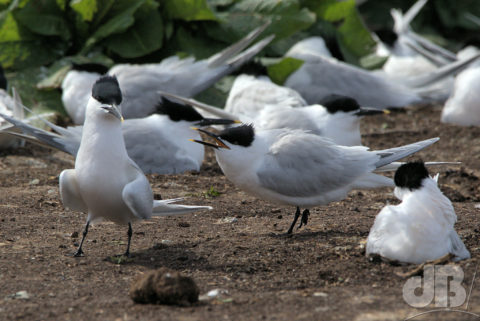
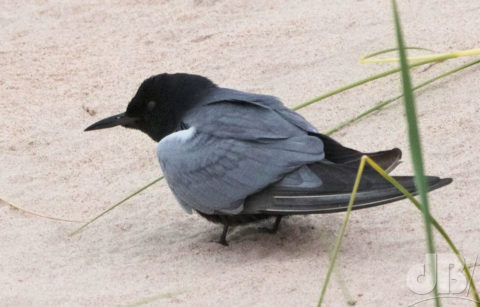





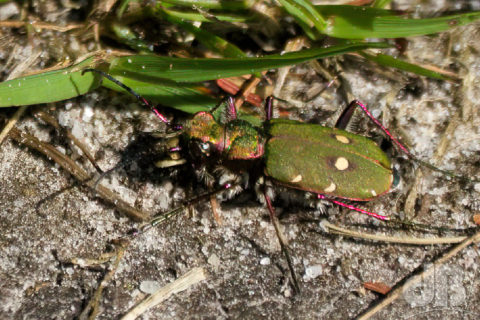
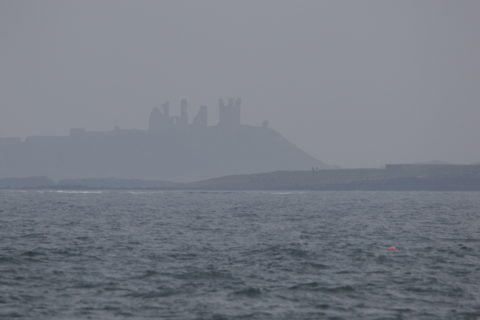
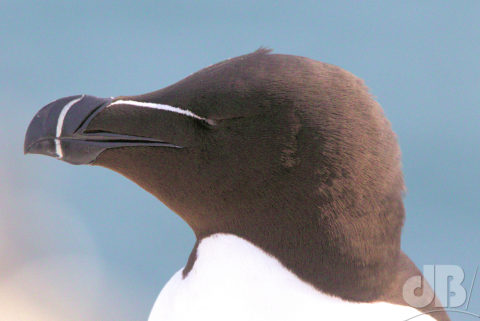

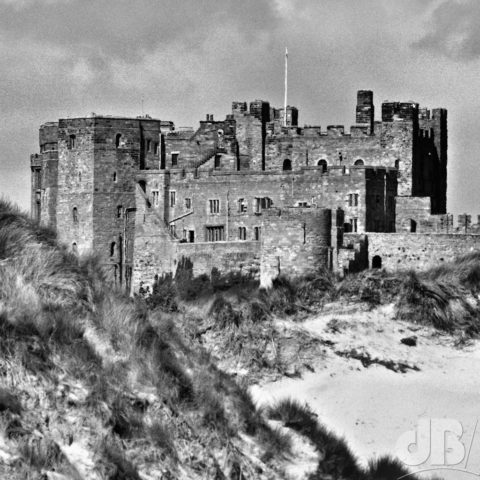

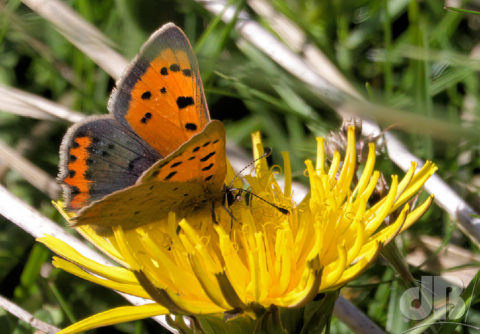
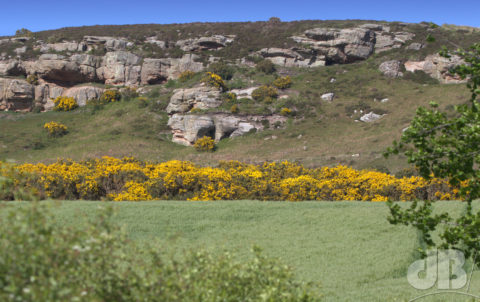

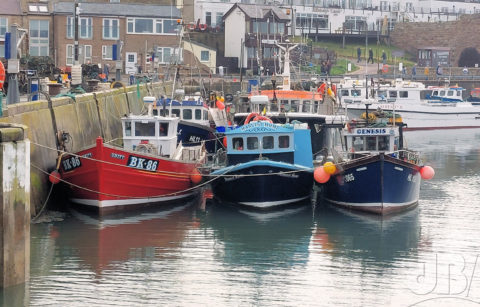
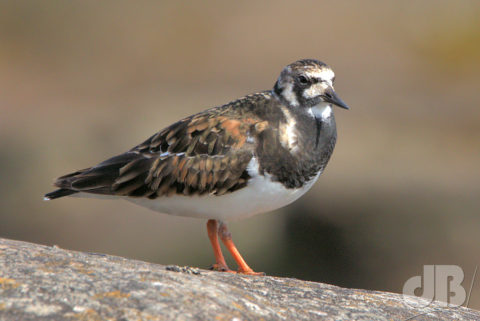
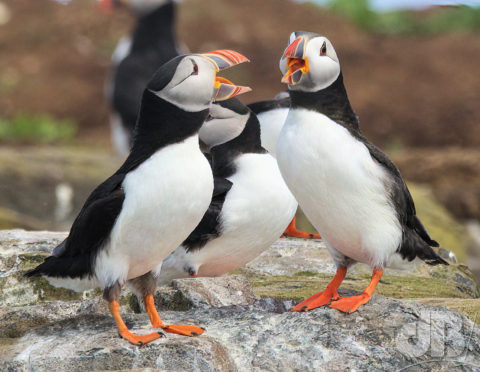








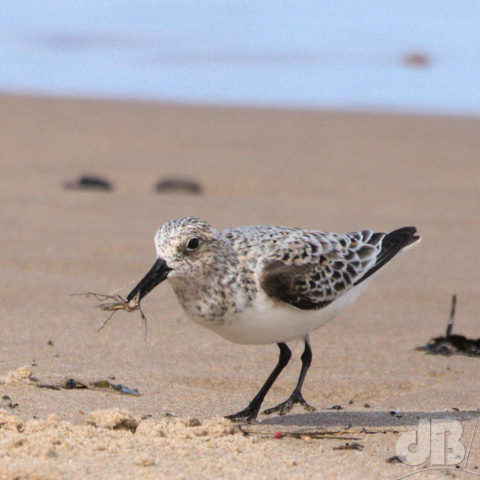



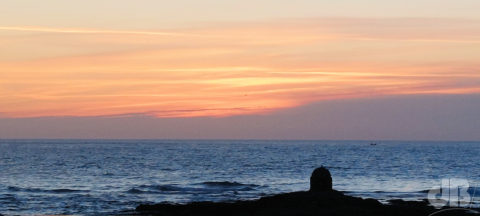

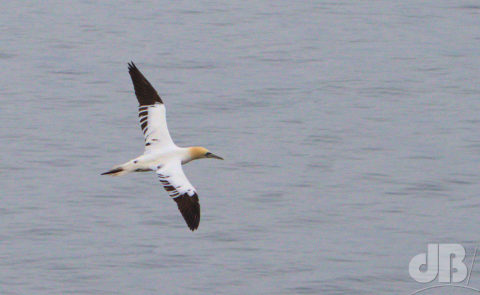

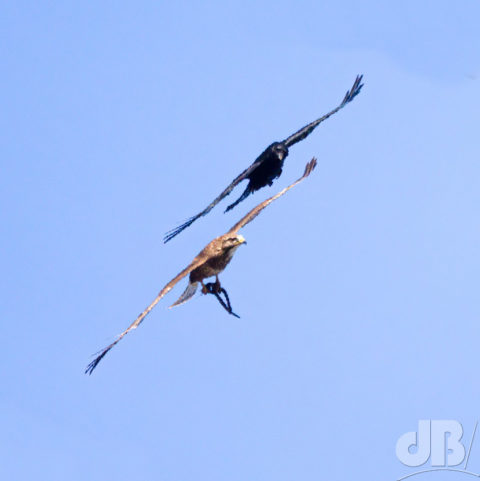




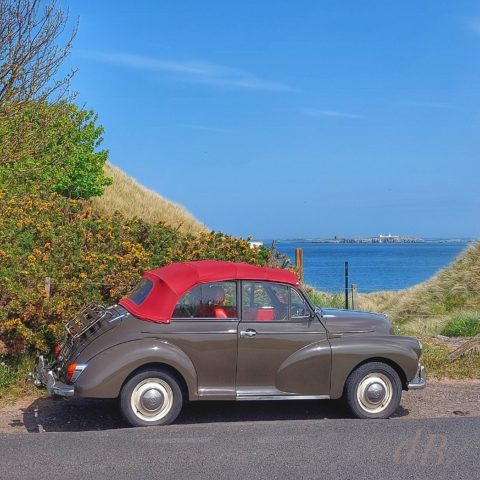



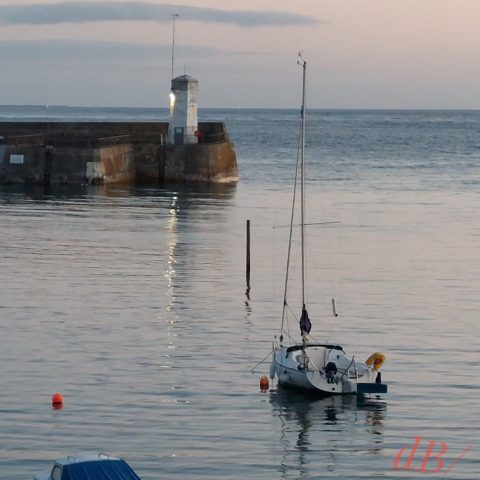

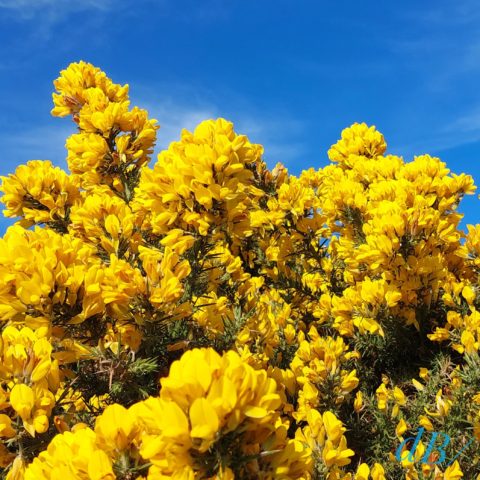
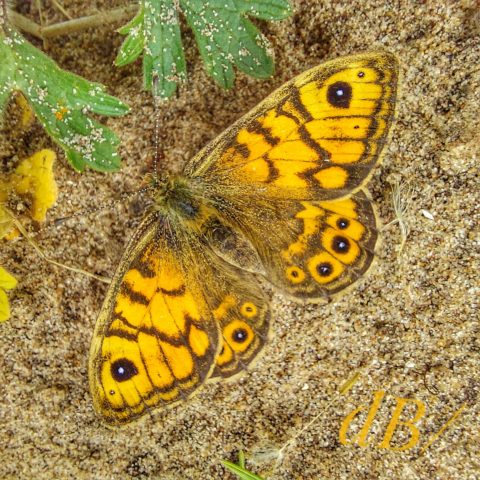






Full list of birds, Lepidoptera, and wild mammals can be found here.
36.2055 years in science communication
Taking a flight of fancy with our feathered friends


























































Full list of birds, Lepidoptera, and wild mammals can be found here.
On our recent trip to Seahouses in Northumberland and boat trips to the Farne Islands, we ticked ~83 birds (including two species we’d never seen before, American Black Tern and Hooded Crow), 9 Lepidoptera (including new for us, Wall Brown), and on the mammal-front, a few hares and some distant white-nosed dolphin.
Here’s the complete list of birds in A-Z:
American Black Tern, Arctic Tern, Avocet, Blackbird, Blackcap, Black-headed Gull, Carrion Crow, Chaffinch, Chiffchaff, Collared Dove, Common Buzzard, Common Tern, Coot, Cormorant, Curlew, Dunlin, Dunnock, Eider Duck, Fulmar, Gannet, Goldfinch, Great Black-backed Gull, Great Tit, Green Sandpiper, Greenfinch, Grey Heron, Greylag Goose, Guillemot, “Guillemot, Bridled”, Guinea Fowl, Herring Gull, Hooded Crow, House Martin, House Sparrow, Jackdaw, Kestrel, Kittiwake, Knot, Lapwing, Lesser Black-backed Gull, Linnet, Little Egret, Little Tern, Magpie, Mallard Duck, Meadow Pipit, Mediterranean Gull (Saltholme), Moorhen, Mute Swan, Oystercatcher, Peregrine Falcon, Pied Wagtail, Puffin, Purple Sandpiper, Razorbill, Red-legged Partridge, Reed Bunting, Reed Warbler, Ringed Plover, Rock Dove, Rock Pipit, Rook, Sand Martin, Sanderling, Sandwich Tern, Sedge Warbler, Shag, Shelduck, Shoveller, Skylark, Song Thrush, Spotted Flycatcher, Starling, Stonechat, Swallow, Swift, Turnstone, Wheatear, Whitethroat, Willow Warbler, Wood Pigeon, Wren, Yellowhammer.
The Lepidoptera:
Cinnabar moth, Garden Tiger larva, Large White, Painted Lady, Red Admiral, Small Copper, Small Rivulet moth (Bempton), Small White, Wall Brown.
Mammals:
Hare, Rabbit, White-nosed Dolphin
Flying visit to my home county of Northumberland with a view to lots of walking, northern ales, and a spot of birdwatching.








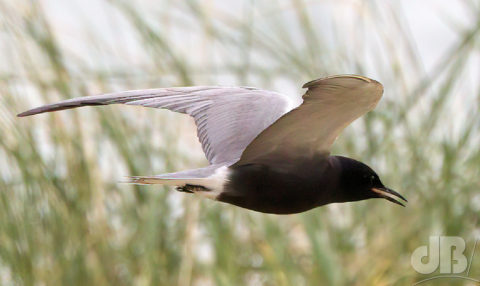
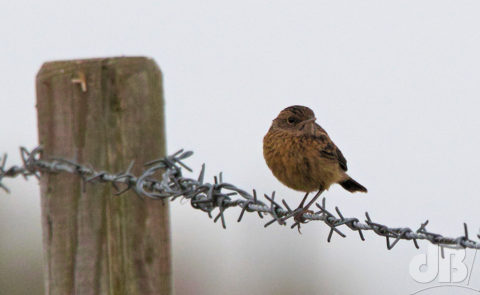






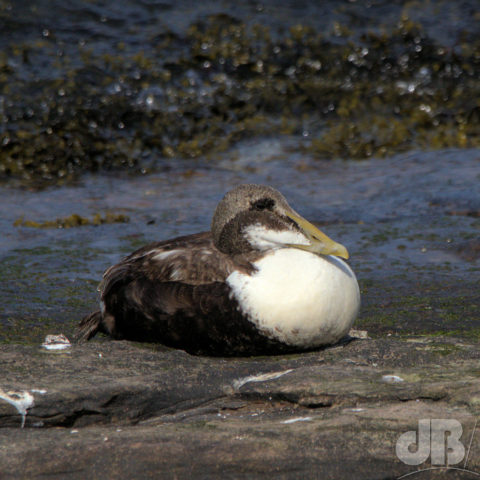



We have recorded 50 avian species in Northumberland in first part of 2022 trip, prior to our planned boat trips.

An adult (breeding plumage) American Black Tern, Chlidonias niger surinamensis has turned up at the tern sanctuary in Long Nanny Northumberland for the third season in a row.
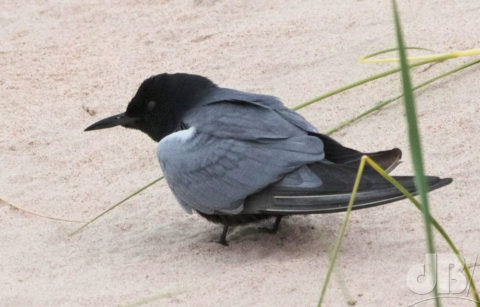
It’s been here for at least three or four days, at least a week earlier than last year and a couple of weeks earlier than 2020. It will probably depart the land in July again. It’s not likely to find a mate among the 800+ Arctic Terns that are present on the dunes right now. Nor their neighbours on the sand, Common Terns, Little Terns, Sandwich Terns.

The bird would normally be seen migrating to South American coasts in the northern winter and returning to Canada and the northern USA in the spring to find a mate. At some point, this bird has most likely been far north in the Americas and got caught on a Westerly wind that’s driven it towards Scandinavia and it presumably took a turn south before reaching that part of the world and has found a likely patch on the Northumberland coast that resembles its usual North American breeding grounds. Juvenile C. n. surinamensis have been reported in the UK previously, but this individual is the first adult of the species “ticked” here.

We walked five miles from Seahouses to the tern sanctuary in Long Nanny in the hope of seeing terns and having heard this species might be visible.

It had departed just minutes before we arrived at the site and were just about to leave after two hours of waiting when it suddenly reappeared, almost within minutes of the high tide beginning its flow. It was dull so did my best with low light and high ISO on the camera.

I hear (but don’t often see) Cetti’s Warblers all year round out here in the Cambridgeshire Fens. They have a loud and distinctive call, which varies from region to region (they have dialects) and sometimes vary between individuals even on the same patch. To my ear, it sounds like “whi-choo, whi-chooey-choo, whi-chee-choo” or something like that. Quite harsh but a not unpleasant song, can’t be confused with anything else I hear in the fens. Have a listen to some across the UK here.
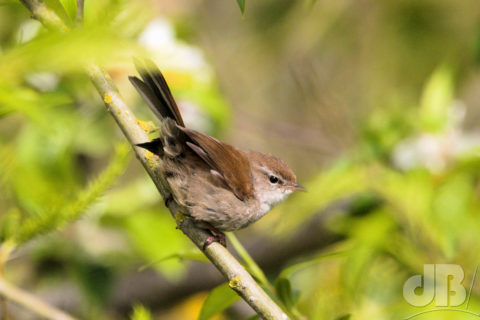
But, they’re rather shy birds and lurk deep within trees and brambles. Usually, they prefer not to have their photo taken although I have snapped them once or twice before as Sciencebase Instagram followers will know.
There are lots of them on the local bird reserves, including RSPB Berry Fen, where I got a snap of one after it called and popped out from hiding. I hear them in Winter, all through the Spring into Summer and across the Autumn. I’m sure some of them will be migratory like other warblers, but there are enough that stay put that you can catch their call any time of year.
Incidentally, the bird is named for Francesco Cetti (9 August 1726 – 20 November 1778) an Italian Jesuit priest, zoologist, and mathematician. IN case you were wondering, it’s pronounced cheh-tee, not seh-tee, although you do hear a lot of birders saying it with an “s” and not a “ch”.
If you’ve never seen or more to the point heard a Common Grasshopper Warbler, Locustella naevia, then a visit to East Anglia right now might be merited. There are quite a few noted in our local countryside and on nature reserves (April 2022).

They’re summer-visiting migrants and will depart in August. The male’s song, isn’t so much a melody as a churring, turring, reeling tone reminiscent of the sound made by grasshoppers.
I was lucky enough to catch sight of one this morning and with a decent-sized zoom lens it didn’t mind me recording a snippet of video while it reeled. I used an audio editor to add a low cut (high-pass filter) and a high cut (low pass filter) that bracketed the bird’s sound to isolate it from the noise of the gravelworks, wind, and aeroplanes. You can see the spike that is the warbler’s reeling on the right of the image, the mound of noise on the left is rumbling works and wind.
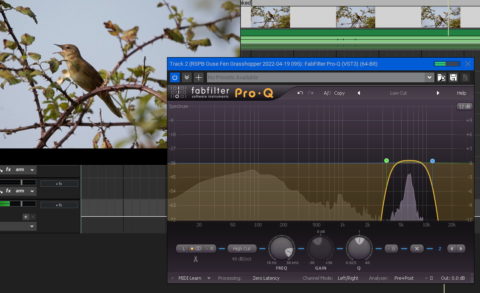
Nearby where the street has a name…

TL:DR – The national bird of Ukraine is the White Stork (Ciconia ciconia), we occasionally see them in the local fenland. Often they are ringed birds or birds that have escaped into the wild from collections.
I went looking for a White Stork (Ciconia ciconia) that had been seen at the marina in the nearby village Earith this morning. I was lucky enough to catch sight of it on the wing circling with numerous gulls and several Grey Herons before it headed upstream and out of sight along the Great River Ouse.
As many readers will know, the White Stork is the national bird of Ukraine, feels rather poignant to have seen one today. Birdwatcher Oleksandr Ruchko writing in The Guardian from Lviv had this to say on seeing the birds return to his homeland:
The stork is very sacred to Ukrainians, a symbol of spring, of babies, and of peace. They are believed to be a kind of amulet, and protect your house against evil. Nobody here ever kills storks to eat, not even in the worst times
The White Stork is widespread on the continent and a bird of fable and legend even to this day in the British Isles despite our having driven it to extinction in the middle ages. Last nesting pair was observed in Edinburgh in 1416. Today, there are a couple of dozen seen sporadically in the UK, some will have come from collections. The one I saw today was unringed but well have been released from a breeding program or other place. Equally, it may well have arrived from continental Europe…perhaps even Ukraine, itself, no way to know for certain.

Meanwhile, I also went back for another look at the Garganey and female Blue-winged Teal on the flood. I caught the Garganey in flight and was rather hoping that I’d inadvertently caught the female Blue-winged Teal in flight too. But, it his looks like a female Garganey chasing a drake Garganey. Funnily enough, the drake has quite a reputation having mated on several occasions over the last few weeks…with the female Blue-winged Teal. So maybe the female Garganey has taken umbrage…hah!
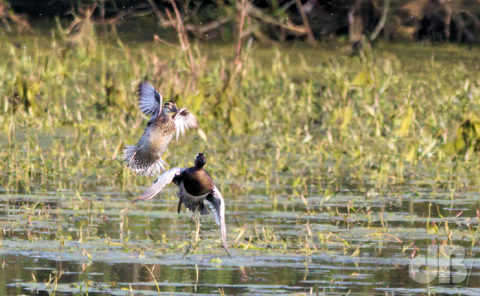
The Garganeys are thought to have headed north from Spain when it got too dry for them there early in the year. There have been lots of reported sightings of this bird in the UK in the last few weeks. The Blue-winged Teal dropped in not long after a Green-winged Teal had already been sighted. Those are both American birds that should really be heading south for Texas not Cambridgeshire, but presumably chose the wrong line of latitude when they set off from The Arctic earlier in the year.
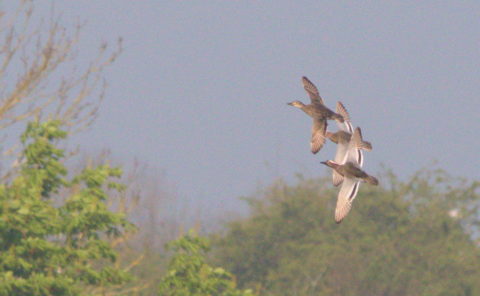
After the garganeys, I spent some time watching Whitethroats, tried to get a photo of one of the Cetti’s Warblers, snapped a Sedge Warbler, and spotted my first Orange Tip butterfly of the year.
I’ve been a bit under the weather with something other than covid but it’s had me stuck indoors for a few days nevertheless. I stoked myself up on some appropriate medication and ventured out to see the Black Redstarts, the Garganey, and the Blue-winged Teal that have all turned up on a fairly local patch (a fenland village currently with a lot of flooding).
There were lots of birders around with big scopes and a few toggers. Some of the birders is toggers too (to paraphrase Ice-T). Speaking of which, one of the birders that you can’t see in the photo told us he had covid, although thought he was probably past being infectious, I kept well away from him, the silly boy!

I latched on to one birder whom I recognised, he was well away from the crowd and had been there for about 5 hours, I asked him for guidance as to the whereabouts of the Garganeys and the Blue-winged Teal.
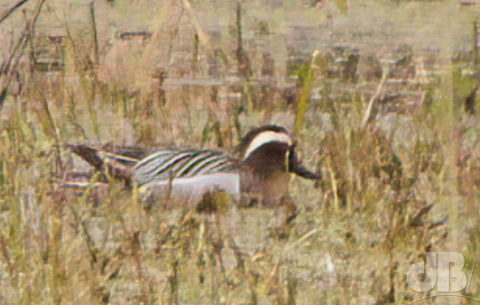
The Garganeys, which seem to have turned up in the British Isles in fairly large numbers from Spain recently, perhaps because of unusually dry weather there, were fairly static, but feeding and dabbling at a distance from the footpath of about 250 metres. More intriguingly a Garganey drake (Spatula querquedula) was on the far bank, roosting on a log, and right next to it the American vagrant. A female Blue-winged Teal.
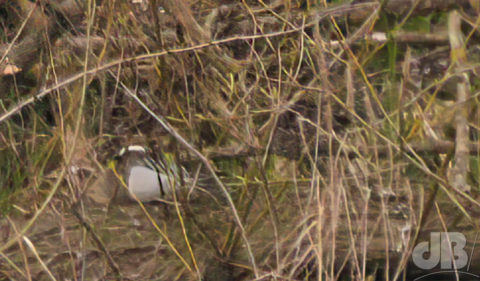
The Blue-winged Teal (Spatula discors) is a duck that you normally only see in North America, Central America and the very northerly parts of South America. Intriguingly though our friend the Garganey drake, which is in the same genus as the blue-wing had been observed mating with this female earlier in the week. And, according to the expert was spending a lot of time with her. Another of the Garganey drakes, or maybe the same one, had also been seen mating a female another species in the same genus, a Northern Shoveller (Spatula clypeata).
As to the Black Redstarts, apparently, there was only one around, but I caught sight of it as it popped up to catching a flying invertebrate from the distant roof of a house beyond the village marina. No photo though. Sometimes just a birder and not so much a togger.
What do Peregrine Falcons eat? It might be easier to ask what don’t they eat? Here’s a list of kills reported based on avian remains and feathers at the foot of the tall buildings frequented by the Cambridge Peregrines:
Bar-tailed Godwit, Blackbird, Black-tailed Godwit, Carrion Crow, Collared Dove, Feral Pigeon (Stock Dove), Fieldfare, Golden Plover, Great Spotted Woodpecker, Great Tit, Grey Partridge, House Sparrow, Moorhen, Redwing, Robin, Shoveller Duck, Starling, Teal, Woodcock.

The Peregrine Falcon (Falco peregrinus) is the world’s fastest animal. It stoops on its prey from way above and has been recorded as reaching speeds of an incredible 300 kilometres per hour. It basically slams into its prey to kill it and carries it off to a perch where it will pluck the bird before eating. It will also cache chunks of prey on tall buildings around its territory to eat later or for feeding nesting partner, and later chicks.

UPDATE: Breeding season 2023. In 2022, I mentioned the hope and possibility of Glossies breeding in the UK. This happened in 2023.
I’ve mentioned the Glossy Ibis many times before, there are still several in and around our local patch and almost 200 estimated to be across the British Isles. There were just four at a place where I’ve seen seven recently, but that’s fine. Four is better than zero.
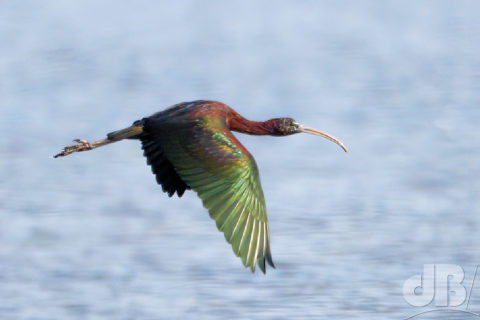
They were all looking rather glossy, which is presumably in time for the breeding season. Whether or not these birds actually breed here is another matter. There is a breeding colony in Spain, but this African/Mediterranean species has been extending its range and hanging around the British Isles recently, but no reports of breeding or attempts at breeding just yet.

Maybe 2022 could be the year for it! Certainly, other recent acquisitions like Cattle, Great White, and Little Egret are in on the act.


